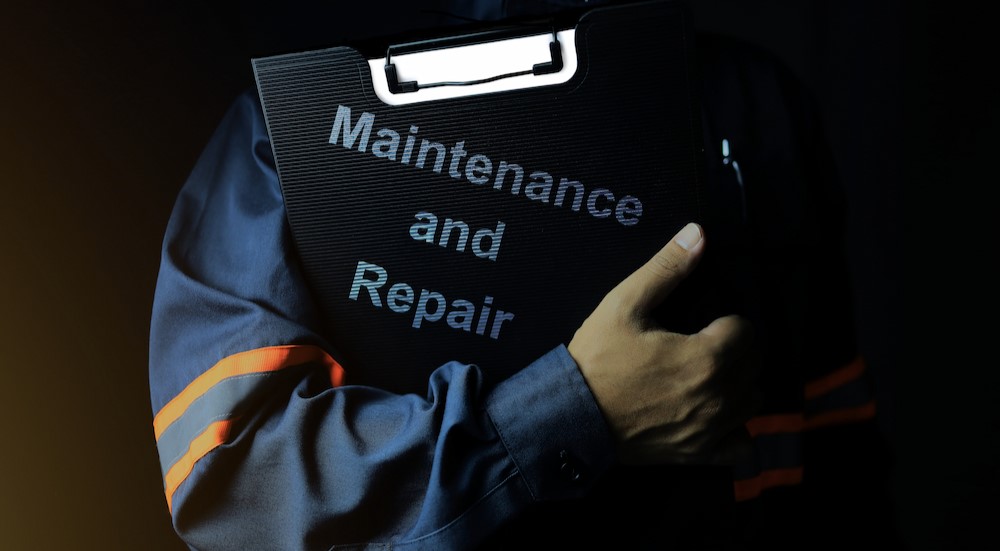When you’re buying a used vehicle, you should always know its history. While the mileage reading and any inspections done by the dealership are important, they don’t tell the whole story. Information like where the vehicle was driven and how it was used, along with any accidents or repairs, tells you a lot about its reliability and current condition. This data helps you determine whether the vehicle is a smart purchase.
The best-known provider of vehicle history is CARFAX. Many dealerships include a free CARFAX vehicle history report as a selling point. Other reporting services are also available, including AutoCheck and Bumper.com. While the reports can be structured slightly differently, the basic concept is the same: provide background about a vehicle before you purchase or sell it. (The National Motor Vehicle Title Information System has a full directory of approved data providers.)
Regardless of what service you or a dealership uses, these reports are only helpful if you know how to read them. This guide goes over the basics of reading a vehicle history report so you can act on the information. Let’s look at a CARFAX report section by section to show potential buyers what info is in each section and what it means.
History-Based Value Report
A CARFAX vehicle report starts with general information and gradually gets more detailed. The top section gives estimated retail and trade-in values based on the vehicle’s overall history. The retail value is what you should expect to pay, on average, when buying the vehicle in question from a dealership. The trade-in value is what you can reasonably expect as a credit towards a different vehicle. (Note the trade-in value will almost always be lower than the retail value.)
A good vehicle history report considers many factors when determining a value, including the number of owners, how well the vehicle was maintained, and any open recalls. Subsequent sections will examine these factors in more depth.
Vehicle History Overview
Next on most history reports is a summary of the vehicle’s history with basic facts and figures. The left column has the vehicle identification number (VIN) along with the year, make, model, trim level, powertrain, and body style. The right column may include information such as:
- How many previous owners has the vehicle had?
- Where the most recent owner lived.
- What type of vehicle was it primarily used as (personal, commercial, etc.)
- Whether any accidents or damage have been reported.
- The last reported mileage reading.
- Any service history records that are reported and accessible.
This is the first place you can be alerted to any “red flags,” such as if the vehicle was ever in a crash, fraud was committed, or the vehicle was driven in an area prone to causing frame rust. Upcoming sections will expand on the outline you receive here.

Vehicle Ownership History
This is where you start getting into the “nitty gritty” of a car, truck, or SUV. This section offers details about the vehicle’s usage under previous ownership. For each owner, the report should have:
- The year they bought the vehicle and how long they owned it.
- The type of vehicle it was used as under each owner.
- The state(s) where each owner registered and used the vehicle.
- The last odometer reading and how many miles per year the vehicle was driven on average.
The info tells you a lot about a vehicle. For example, if the most recent owner of a 10-year-old vehicle lived in Maine, but the previous owners were in Georgia, you don’t need to be as concerned about rust and corrosion as if the vehicle had spent its entire history in Maine.
Vehicle Title History
The title is the legal document that proves someone owns a vehicle. Not only is the title necessary to transfer ownership and register a vehicle, but it can also provide further insight into the vehicle’s past. You will find that info in this section as reported by the respective state Department of Motor Vehicles (DMV).
Titles can be branded in many ways. If a vehicle was damaged by a fire or flood or was rebuilt following an accident, the title will reflect this. Additional warnings may be present, too. A vehicle that was declared a lemon under federal or state law due to excessive mechanical failures, or was designated a junk or salvage vehicle, usually can’t legally be made roadworthy again. Seeing anything like this on a vehicle history report should set off alarm bells. Some title brands don’t transfer from state to state, so the vehicle may appear to have a clean title, but the vehicle history report will verify whether this is true.
Finally, the title section states whether the listed odometer reading is accurate. If any recorded odometer reading is less than the one before it, it may have been tampered with, which is a huge red flag. Occasionally, a vehicle’s mileage may be so high that it surpasses the odometer’s mechanical limits. You will discover whether this is a concern in the title history section.
Other Vehicle History
Sometimes called the “Additional History” section, this focuses on whether the vehicle has suffered damage, whether from an accident or an act of Mother Nature. You’ll see when accidents or damage were reported, along with whether the vehicle airbags have ever deployed, if structural damage has ever been identified, and if the vehicle was ever declared a total loss by an insurance company. The last two are particularly vital since they affect a vehicle’s safety.
Along with accident info, three other items may be included in this section:
- Any time or mileage that remains on the original manufacturer’s warranty.
- Any evidence of odometer rollback or other fraud.
- Any open manufacturer recalls that have not been addressed.
Detailed History
Now you’ve reached the last section of your CARFAX report. This is basically a vehicle timeline with all key events: when it was sold, service visits, the specific town of each owner, any accidents, etc. It also tracks information such as loans and safety test results, which may not appear in other sections.
If there is an accident on the vehicle’s record, there will be an option to access the report. Crashes range from minor fender-benders to total losses, so knowing how serious an accident was can impact your purchasing decision. The accident report includes a damage location map and a “Severity Scale” from Minor to Severe. Depending on the state where it occurred, more details may be included, such as the type of accident, whether the vehicle could be driven away, and if the damage exceeded a certain dollar amount.
Note that states vary in their accident reporting. Also, the longer ago the accident happened, the less information the report will have. Nevertheless, it’s good to know whether the accident you saw earlier was a hard impact that necessitated major repairs or just a dented bumper.
Making Smarter Purchases by Understanding Vehicle History
When you have a vehicle history report and know how to read it, you’re in the driver’s seat for your used car purchase. In minutes, the report can tell you whether you’re getting a good deal, help you assess any potential, and indicate whether the seller is trying to pull one over on unsuspecting customers. If a dealership does not provide a report, especially when requested, that is cause for concern. Always get at least one reputable vehicle history report before buying a used car to know what you’re getting into.




